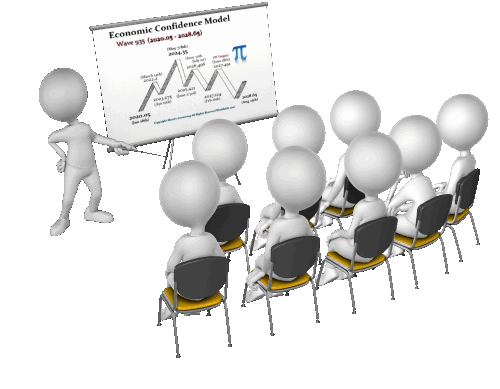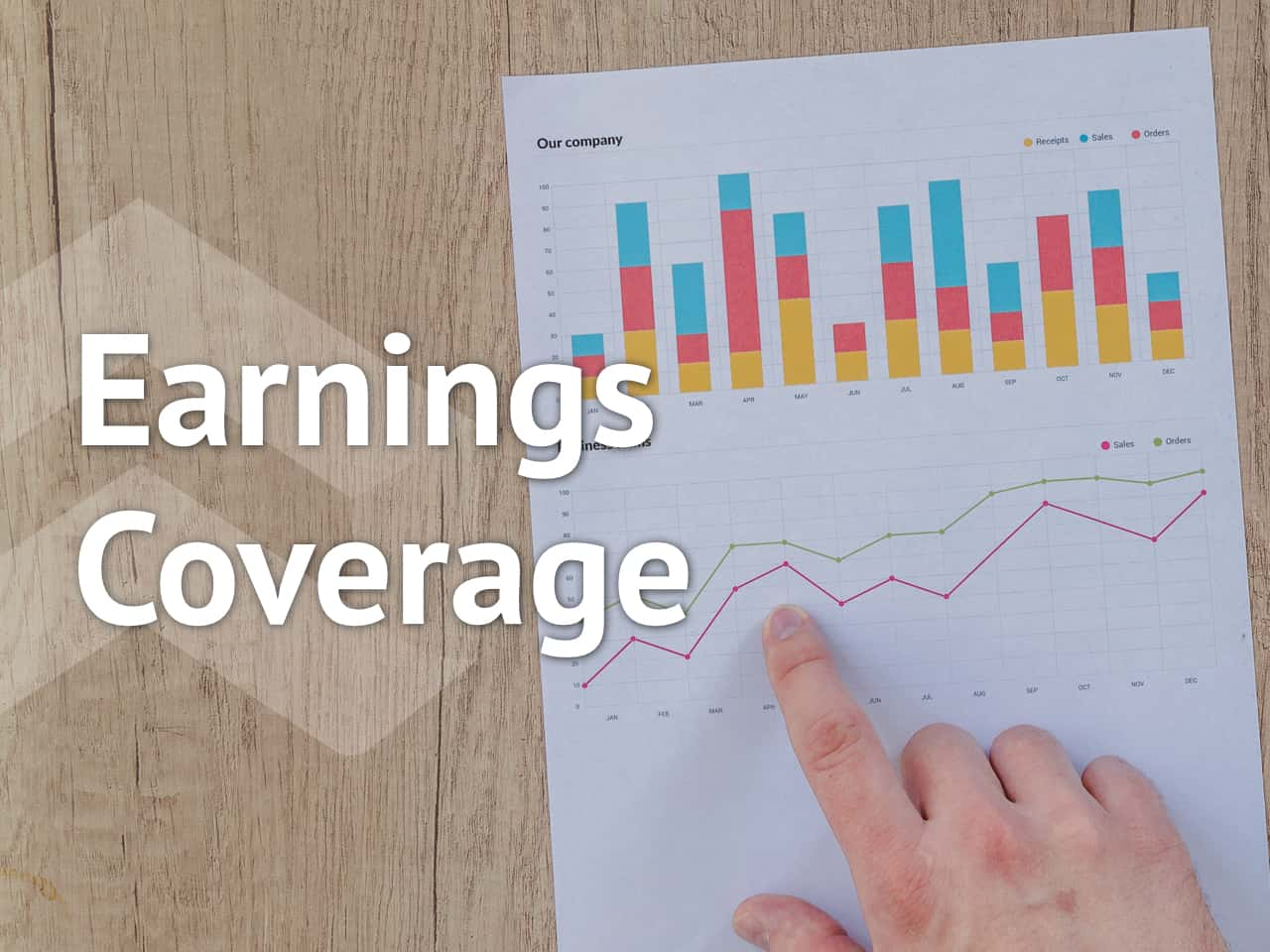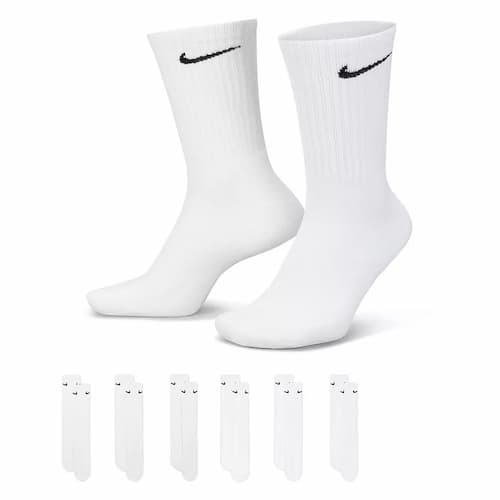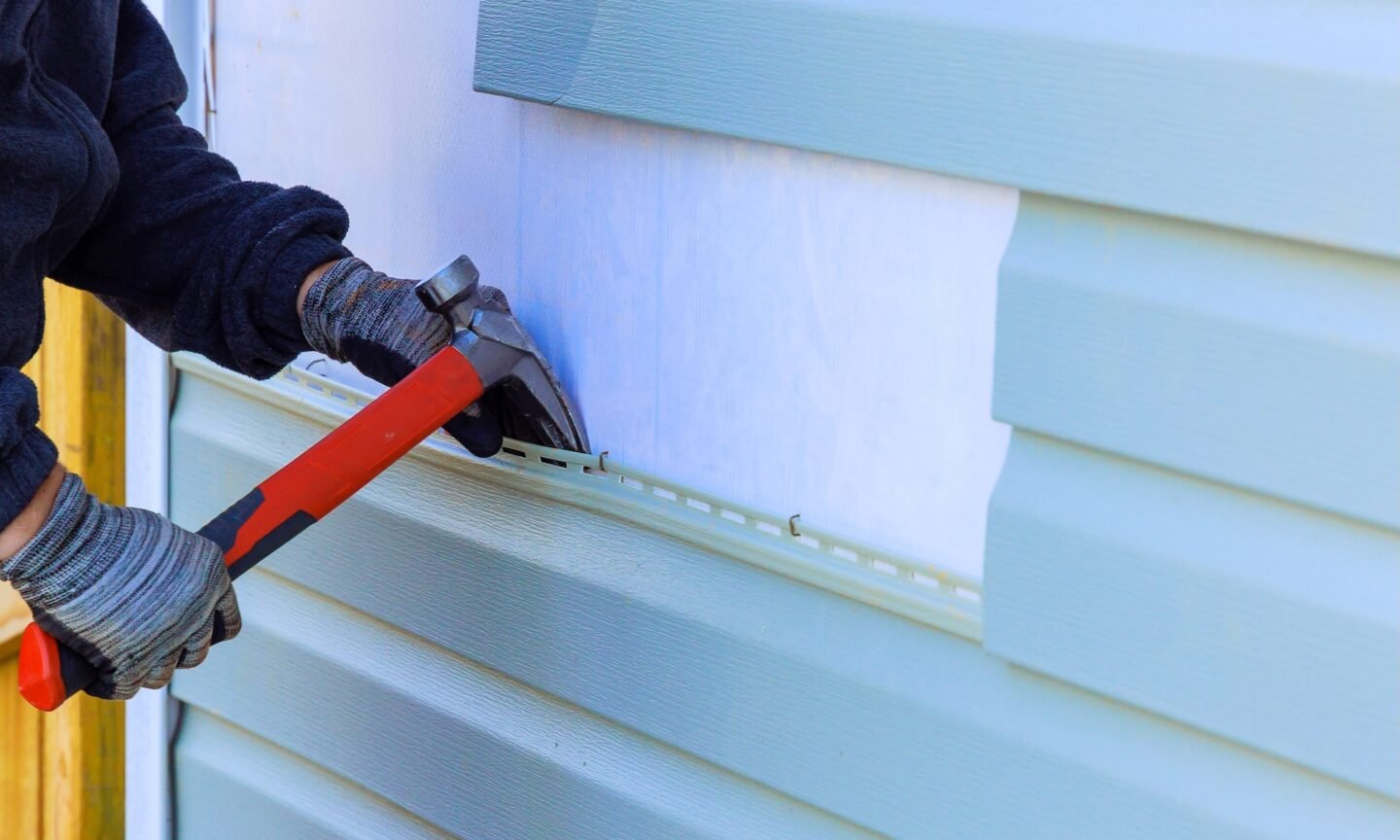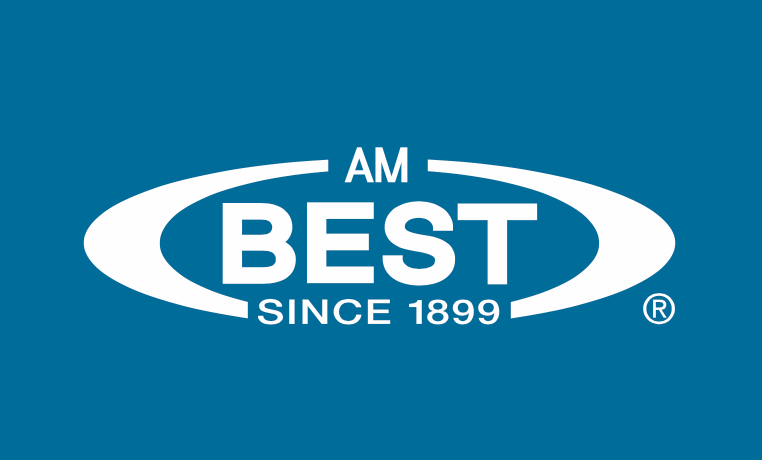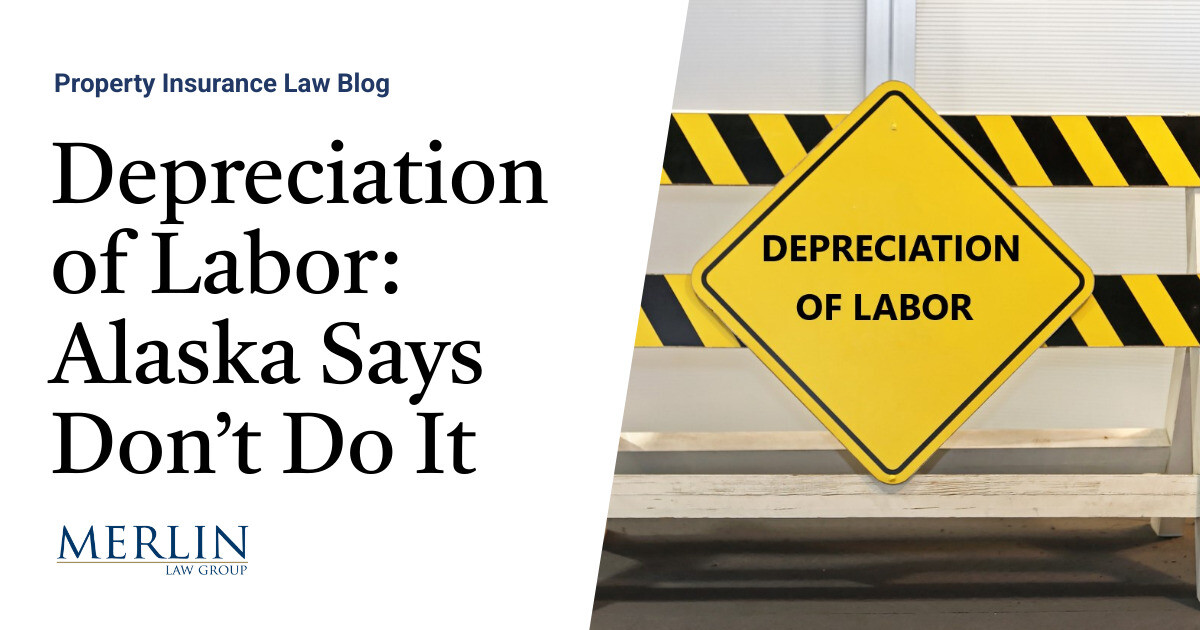An important part of the mythology of startups in the United States is the origin story. For instance, some of the biggest tech companies in the world, like Amazon and Microsoft, originally launched out of the founder’s garage. In Norway, it’s barns. That’s how AutoStore (AUTO.OL), a pure-play stock in warehouse automation, got its start. As the story goes, the company initially operated out of a red barn as a television repair business that later expanded into peddling electrical components. It eventually became the largest parts supplier in Scandinavia and outgrew its warehouse. That’s when an employee had an idea to fill all the empty air space in the building with stacks of modular warehouses operated by robots. That idea became AutoStore, which IPO’d in 2021, as the biggest public listing out of Norway in two decades.

These details come from The Financial Times, which did an excellent feature on the Norwegian company in a piece that also unpacked the origins of its epic legal battle with Ocado Group (OCDO.L). A UK-based online grocery retailer that is pivoting hard into retail technology development, Ocado developed its own warehouse robotics platform based on the cube concept originally developed by AutoStore, according to the FT report. What started out as a collaborative relationship quickly devolved into multiple patent lawsuits and counter-lawsuits in the United States, the UK, and Europe.
We did our own breakdown of the legal showdown between AutoStore and Ocado a little more than a year ago. The article came out between the time we dropped our shares in Ocado because of its limited exposure to robotics and when we went long on AutoStore as a pure play in warehouse automation. On the surface, the decision seems like a good one. Ocado has been taking heavy losses on rolling out its robotic warehouses and reported that revenues in the first half of 2022 were down 4.4%, with the grocery business being the main drag. Meanwhile, AutoStore actually managed to turn a profit through at least the first nine months of the year and has now deployed more than 1,000 of what it calls “cube storage automation solutions” in warehouses around the world.
Current Financial Picture of AutoStore Stock

The once small-town Norwegian company is now mainly owned by SoftBank and a private equity firm called Thomas H. Lee Partners, names usually associated with high-growth companies like AutoStore. Indeed, the warehouse automation company has been the definition of a high-growth company for more than a decade. Revenues have climbed at a compound annual growth rate (CAGR) of about 50% since 2010 and jumped 80% last year. Year-to-date revenues through Q3-2022 increased by 86% to $436 million, with management providing full-year guidance of between $550 million and $600 million.

The $50 million gap between the low and high estimates underscores the uncertainty that comes with deploying one-off capital expenditure (capex) products. That’s why we generally prefer software-as-a–service (SaaS) models with guaranteed recurring revenue based on product subscriptions. So we were pretty psyched to learn that AutoStore rolled out a new revenue model last year, which we’ll talk about more shortly.
Warehouse Automation Market
Despite the lack of predictability that comes with a SaaS business model, AutoStore leadership is already predicting full-year 2023 revenue of between $700 million and $800 million, based in part on an order backlog of at least $470 million. The company believes it can sustain a 40% CAGR over the next few years as it tries to capture a warehouse automation market projected to reach $360 billion by 2026.

However, if you read the fine print, AutoStore says the near-term total addressable market (TAM) is more like $230 billion. Drilling down further, about $160 billion of that is linked to the company’s specialty – light automated storage and retrieval systems (ASRS). The current best estimate is that just 15% of today’s ASRS market has been captured. AutoStore itself estimates it has penetrated less than 5% of its key customers’ warehouse stock.
High Gross Margins for Hardware
While hardware also doesn’t usually come with the high gross margins associated with software, AutoStore managed a gross margin of about 67% in 2021. However, that number is expected to drop by 10 points in 2022 due to inflationary pressures, particularly around the price of aluminum for the grid structure of the robotic warehouses. The company says it has made moves to secure more favorable pricing on raw materials, as well as instituting price increases, claiming margins will return to “historical levels” during 2023.
Robotic Warehouse Automation as a Service
Now that we’ve covered the numbers, let’s take a look at what else AutoStore has in store to grow its business, starting with a new commercial model the company launched last year. It provides recurring revenue with a pay-per-pick pricing structure. Under this alternative pricing model, customers pay upfront costs only for the grid and infrastructure needed, reducing capex spend to between 20% and 40% of buying the system outright.

This is a new model, but hopefully, as AutoStore experiences meaningful adoption, the company will break out recurring revenue separately so we can monitor progress on this front. In addition, the company has launched an official cloud-based analytics platform that we assume costs extra to access. Another new service called PickUpPort is the company’s first consumer-facing workstation. Now any Olav, Gustav, or Håkoncan can pick up an order directly from the AutoStore system without the help of a store employee, who is now free for value-added tasks like pickling herring.
AutoStore Ups Ante Against Ocado
No update on AutoStore would be complete without checking in with its worldwide patent battle against Ocado. The latter prevailed in the first major skirmish back in December 2021. A U.S. International Trade Commission judge ruled that three AutoStore patents are invalid, and also sided with Ocado that the British online supermarket group had not infringed on a fourth AutoStore patent. That interim ruling was affirmed in March 2022, but AutoStore has appealed. Several other lawsuits between the two companies in the United States, Germany, and UK are ongoing.
AutoStore had spent more than $23 million in legal fees associated with this tort tussle against Ocado Group through the first nine months of 2022 – and nothing has changed except there are a bunch of lawyers with a lot more money to spend on hookers and blow.
In our previous article on the AutoStore-Ocado dust-up, we had suggested that the Norwegian company would simply exit the retail grocery market, which only accounted for 10% of revenues at the time. Instead, management recently confirmed that the grocery segment is a key focus area, with big plans to expand the company’s footprint with an innovative multi-temperature grid.

The new grocery offering enables retailers to automate the frozen goods section, which AutoStore claims can substantially decrease energy costs and save employees from freezing to death. The first unit should be deployed in Q1-2023. Looks like both sides will continue to lawyer up for the foreseeable future.
Conclusion
Given the recent economic climate, both companies have had their struggles, but AutoStore appears to be weathering the storm far better. It actually sports a higher market cap than Ocado ($7.3 billion versus $7.1 billion as of 1-25-23), despite generating roughly 4.5X less revenue. That makes AutoStore stock more richly valued based on our simple valuation ratio (12.4 versus 2.6). But if it can continue to track close to its 10-year revenue growth trajectory, and return to historic gross margins, then the valuation is probably justified.
Finally, while we don’t normally prioritize profitability with high-growth companies, we’d certainly love to see AutoStore remain in the black, especially with nearly $500 million in debt and less than $150 million in operating cash. At this point, it would appear that AutoStore is well-positioned to build on its market-leading position over Ocado and other players in the automation warehouse market.
Tech investing is extremely risky. Minimize your risk with our stock research, investment tools, and portfolios, and find out which tech stocks you should avoid. Become a Nanalyze Premium member and find out today!














